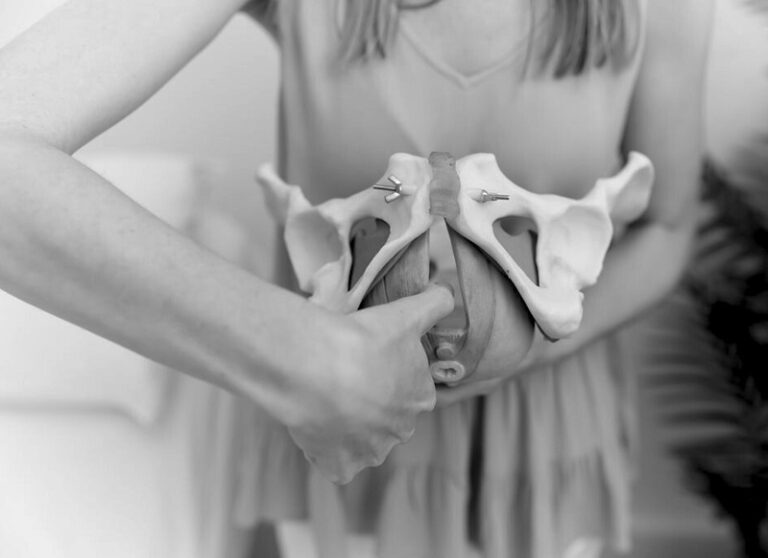In recent years, anal stretchers have gained attention in various circles, sparking curiosity and controversy alike. Despite their growing popularity, numerous misconceptions persist, clouding the understanding of their purpose, safety, and efficacy. In this comprehensive guide, we aim to dispel five common myths surrounding anal stretchers, shedding light on their role in sexual exploration and pleasure enhancement. By addressing these misconceptions head-on, we empower individuals to make informed decisions and confidently embrace their desires.
Anal Stretchers Are Dangerous and Painful
One of the most prevalent misconceptions surrounding anal stretchers is the belief that they are inherently dangerous and painful. In reality, when used correctly and with proper preparation, anal stretchers can offer a safe and pleasurable experience. Taking the time to relax the muscles, using plenty of lubrication, and starting with smaller sizes can significantly minimise discomfort and reduce the risk of injury. Additionally, communicating openly with a partner and practising patience and mindfulness can enhance the overall experience and ensure both parties feel comfortable and respected.
Anal Stretchers are Only for Extreme Enthusiasts
Another misconception is that anal stretchers are exclusively for extreme enthusiasts or those involved in fetish communities. However, anal stretching encompasses a broad spectrum of individuals, including those seeking enhanced pleasure, medical purposes, or simply exploring their bodies. Recognising that diverse motivations exist behind the practice and that each individual’s journey is unique.
Anal Stretching Leads to Permanent Damage
There is a common fear that frequent use ofanal stretchers can lead to permanent damage or loosening of the muscles. However, the human body is remarkably resilient, and the risk of long-term consequences is minimal with proper care and moderation. Like any form of sexual activity, it’s essential to listen to your body, pay attention to any discomfort or pain, and take breaks as needed. Regular pelvic floor exercises can also help maintain muscle tone and support overall pelvic health.
Anal Stretchers Cause Pain and Discomfort
Pain and discomfort are not inherent to anal stretching when approached mindfully. Like any form of physical activity, discomfort may occur without proper precautions. However, discomfort should never be confused with pain; any sensations experienced should be communicated and addressed promptly. With the right techniques, adequate lubrication, and gradual progression, discomfort can be minimised, allowing for a more enjoyable experience.
Anal Stretching is Socially Unacceptable
Societal taboos often surround discussions of anal stretching, contributing to misunderstandings and stigma. However, it’s crucial to recognise that sexual practices and preferences vary widely among individuals and cultures. Open dialogue, education, and destigmatisation efforts can help foster a more accepting and understanding attitude towards anal stretching. By challenging societal norms and embracing diversity, we promote sexual health and empowerment for all.
In conclusion, debunking common misconceptions about anal stretchers is vital for fostering a more informed and inclusive discourse. By addressing concerns related to safety, motivation, potential harm, discomfort, and social stigma, individuals can approach anal stretching with confidence and awareness. Prioritising education, communication, and responsible practices is essential to ensure a positive and fulfilling experience. Ultimately, by challenging misconceptions and embracing diversity, we empower individuals to explore their bodies and sexualities authentically.


Comments are closed.